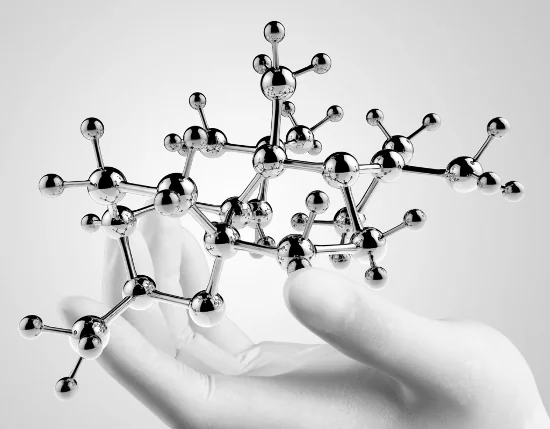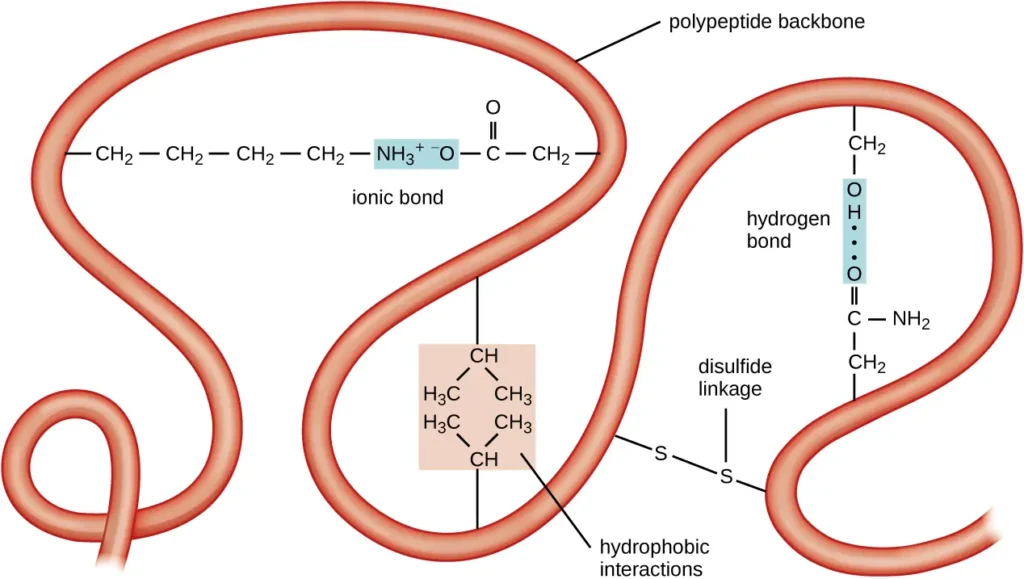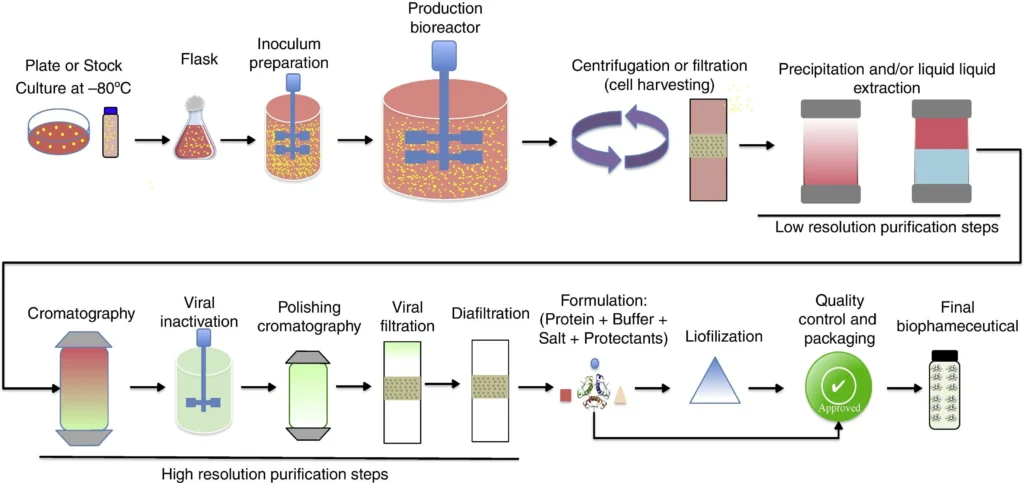Peptide Synthesis

Peptide Synthesis: Crafting Biological Messengers
Peptide synthesis is the process of chemically producing peptides, which are short chains of amino acids. This complex process involves linking individual amino acids together in a specific sequence to create a desired peptide. The ability to synthesize peptides has revolutionized biochemistry, pharmacology, and medicine, enabling the study of biological functions and the development of new therapeutics.
The Basics of Peptide Bonds
Peptides are formed when amino acids are joined together by peptide bonds. A peptide bond is an amide type of covalent chemical bond linking two consecutive alpha-amino acids from the carboxyl group of one alpha-amino acid and the amino group of another. This reaction involves the removal of a water molecule (dehydration synthesis).

Solid-Phase Peptide Synthesis (SPPS)
The most widely used method for peptide synthesis today is Solid-Phase Peptide Synthesis (SPPS), pioneered by R. Bruce Merrifield in 1963, for which he received the Nobel Prize in Chemistry in 1984. SPPS offers significant advantages over traditional solution-phase methods, primarily due to its efficiency and ease of purification.
Key Steps in SPPS:
-
Resin Attachment: The first amino acid (C-terminal) is covalently attached to an insoluble polymeric resin bead. This solid support allows for easy washing and filtration of reagents, simplifying the purification steps between reactions.
-
Deprotection: The protecting group on the alpha-amino group of the resin-bound amino acid is removed. This frees up the amino group, making it available for the next coupling reaction. Common protecting groups include Fmoc (9-fluorenylmethyloxycarbonyl) or Boc (tert-butyloxycarbonyl).
-
Coupling: The next amino acid, which has its alpha-amino group protected and its carboxyl group activated, is added to the reaction mixture. This activated amino acid forms a peptide bond with the free amino group on the resin-bound peptide chain. Coupling reagents (e.g., HATU, HBTU, DIC/HOBt) are used to facilitate this reaction.
-
Washing: After each coupling step, the resin is thoroughly washed to remove excess reagents, unreacted amino acids, and by-products. This is a critical step that contributes to the purity of the final peptide.
-
Repeat: Steps 2-4 are repeated sequentially, adding one amino acid at a time, until the desired peptide sequence is assembled.
-
Cleavage: Once the full peptide sequence is built, the peptide is cleaved from the resin using a strong acid (e.g., trifluoroacetic acid, TFA). This step also removes any remaining side-chain protecting groups.
-
Purification and Analysis: The crude peptide is then purified, typically using High-Performance Liquid Chromatography (HPLC), to remove truncated sequences, deletion sequences, and other impurities. Mass Spectrometry (MS) is used to confirm the identity and molecular weight of the synthesized peptide.

Advantages of SPPS:
-
Efficiency: Reactions are driven to completion by using excess reagents, and purification is simplified by washing the solid support.
-
Automation: The repetitive nature of SPPS makes it highly amenable to automation, allowing for the rapid synthesis of multiple peptides.
-
High Yields: SPPS generally provides good yields of crude peptides.
-
Scalability: Can be scaled up for larger quantities of peptides.
Challenges in Peptide Synthesis:
Despite its advancements, peptide synthesis can present challenges, especially for long or complex sequences:
-
Incomplete Coupling: Can lead to deletion sequences.
-
Side Reactions: Unwanted modifications to amino acid side chains.
-
Racemization: Conversion of L-amino acids to D-amino acids, which can affect biological activity.
-
Aggregation: Tendency of some peptide sequences to aggregate during synthesis, hindering reaction efficiency.
Peptide Biologics: Expertise in Synthesis
At Peptide Biologics, we leverage advanced solid-phase peptide synthesis techniques and rigorous quality control to produce high-purity peptides for research. Our expertise ensures that each peptide is meticulously crafted to meet the specific sequence and purity requirements of your scientific investigations, providing reliable tools for groundbreaking discoveries.
